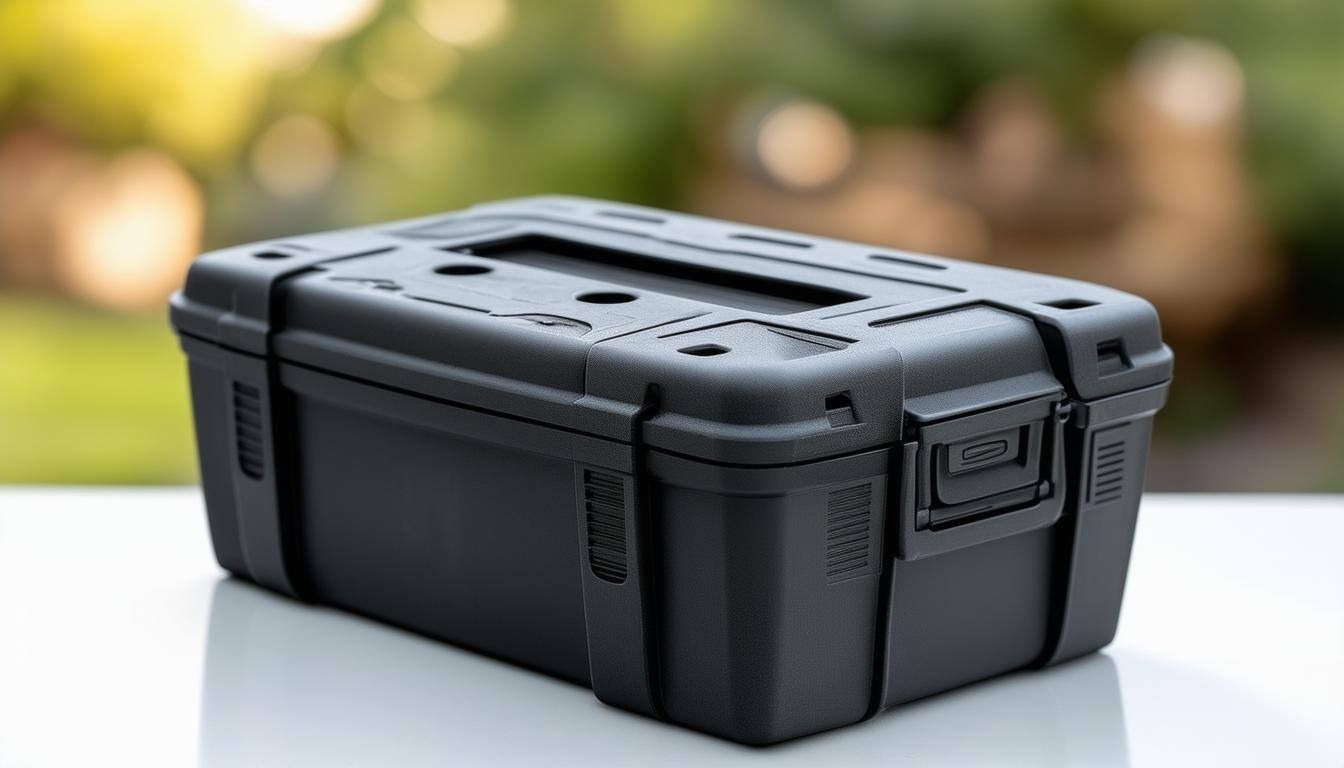Portable power has become more essential than ever in our increasingly mobile world. Whether it’s for a camping trip, a remote photography assignment, or as a backup power source during emergencies, having access to reliable power is crucial. A central component in portable power solutions is the battery box, a device that safely houses and protects your battery while providing ease of transport and use.
In this ultimate guide, we’ll discuss the important considerations to keep in mind when choosing the best battery box for your needs.
Assessing Your Power Requirements
Before diving into the market for a battery box, it’s essential to understand your power needs. The capacity and output of the battery box should align with the demands of your devices and equipment. Calculate the total power consumption of your gear and consider future needs, as it’s wise to opt for a box that can accommodate a bit more than your current usage to avoid potential power shortages.
Considerations of Portability
As the name implies, a battery box is meant to be portable. However, the degree of portability varies with different models. Assess how you plan to use the box: Will it be carried by hand, or does it need to fit in a specific compartment or vehicle? Additionally, the weight of the box, along with the battery, needs consideration, particularly if it will be transported frequently.
Understanding Battery Box Features
Modern battery boxes come with an array of features designed to suit different scenarios. These can include integrated charging systems, power inverters, multiple output sockets for various types of plugs, USB ports for charging portable devices, and even solar panel compatibility for an eco-friendly recharge option.
The Importance of Durability and Protection
The durability of a battery box is vital, particularly for outdoor or rugged use. A robust box can withstand drops, knocks, as well as inclement weather, ensuring the battery within is secure and functional. Protection also extends to features like insulation and ventilation, safeguarding the battery from temperature extremes and preventing overheating.
Battery Compatibility
When selecting a battery box, verify that it is compatible with the type of battery you plan to use. Different batteries — lead-acid, AGM, lithium-ion, to name a few — come with varied sizes, power outputs, and charging requirements. The right box should be designed to house the specific kind of battery you’ve chosen without issues.
Accessibility and Ease of Use
A user-friendly battery box is not just about carrying and protecting the battery. It also means easy access to charging ports, clear indicator lights, and simplified controls that make operation intuitive. The box should also allow for secure and straightforward battery replacement or maintenance should the need arise.
Checking for Safety Certifications
Safety should never be compromised when dealing with batteries and electrical devices. Look for battery boxes that meet standard safety certifications, ensuring they have been tested and approved for safe operation. These certifications are indicators that the box has been designed with the user’s safety in mind.
Cost Considerations
As with most investments, cost is a crucial factor in choosing a battery box. However, it’s wise to balance the expense with the box’s features and durability. A cheaper upfront cost might mean a lesser-quality build that could require more frequent replacements or repairs, so consider the long-term value as well.
Brand Reputation and Reviews
Research is key when making an informed decision. Look into different brands and read customer reviews to gauge the reliability and performance of their battery boxes. Often, user experiences can highlight the strengths and weaknesses of a product more accurately than specifications alone.
Warranty and After-Sales Support
A manufacturer’s warranty can provide peace of mind when purchasing a battery box. It’s an indication of the company’s faith in its product and its commitment to customer satisfaction. Additionally, accessible customer service is crucial for troubleshooting and support in case any issues arise.
Environmental Considerations
For those environmentally conscious users, the impact of your battery box choice can be significant. Consider products that promote sustainability through energy efficiency, compatibility with renewable energy sources, and materials that are recyclable or have a lower environmental footprint.
Customisation Options
Some users may have specific needs or preferences that require customisation. Certain manufacturers offer customisable battery boxes, accommodated with additional outputs, varying sizes, or unique mounting solutions. Factoring in these personal requirements can lead to a more satisfactory purchase.
Conclusion
Choosing the best battery box is an exercise in balancing power capacity, portability, features, safety, cost, and personal preferences. As you seek out the ideal portable power solution, remember that this device is the backbone of your power supply when you’re away from the grid. Making an informed decision ensures not only convenience but also the longevity and reliability of your power source. To explore a variety of high-quality options that could fit your specifications, take a look at a comprehensive collection of battery boxes that can cater to any portable power need.






